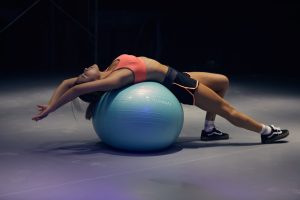It’s important to understand how exercise affects the body. If you’re just starting at the gym, or even if you’ve been going for a while, getting an insight into what happens to your body when you work out will help you make the most of your training time.
We discuss how fitness affects different parts of your body, the timeline of the changes in your body, how it’s important to pick the right workout goals and why exercise is different for everyone.
How exercise affects your body
Your muscles
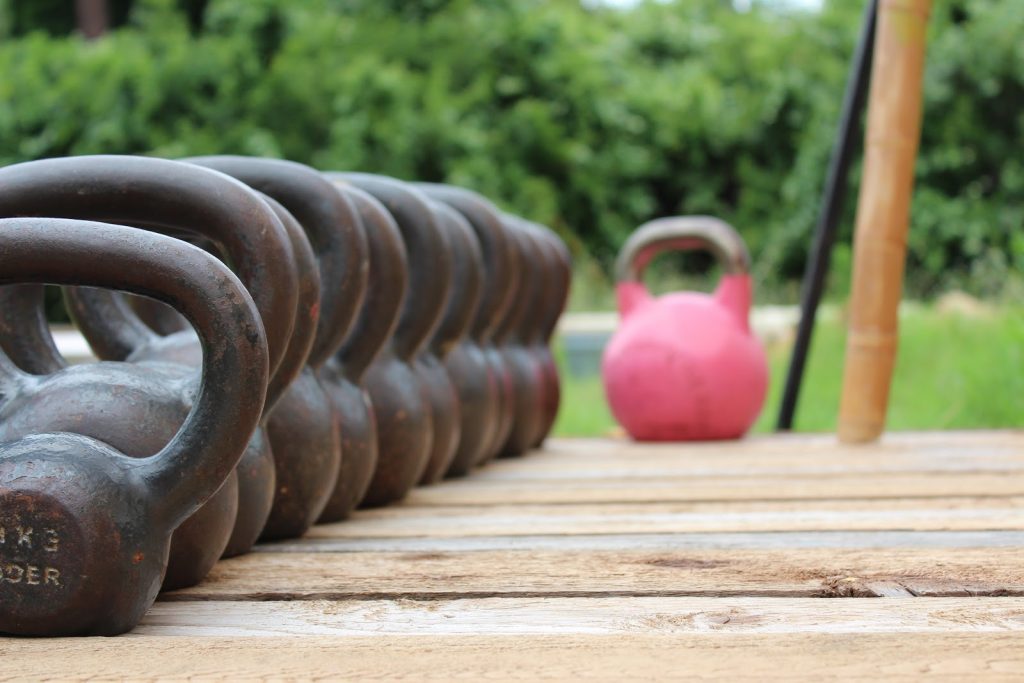
Your muscles mainly do two things when working out:
- Burn any fuel (food) for energy
- Contract in response to a rush of electrical signals that are travelling to the body
The body will use glucose, the sugar that is stored in your body from the foods we consume, to be able to contract the muscles and activate movement. It will then use adenosine triphosphate or ATP, which is the source of energy that keeps your body going.
After using both glucose and ATP, it will require extra oxygen to be able to produce more ATP to be able to pump more blood into exercising the muscles. Without this oxygen, lactic acid will form instead.
When this happens, your muscles start forming tiny tears, but this is a good thing! Your muscles are actually becoming stronger. This is why you feel sore after a workout.
Tear and Repair
When you exercise it is considered a ‘stress’ to the muscles. Not the type of stress that is negative but a ‘stress’ that stimulates your body to tear, repair and increase the strength of your muscles. Working out the muscle tissues consistently will increase your endurance, strength, and flexibility.
Your Lungs
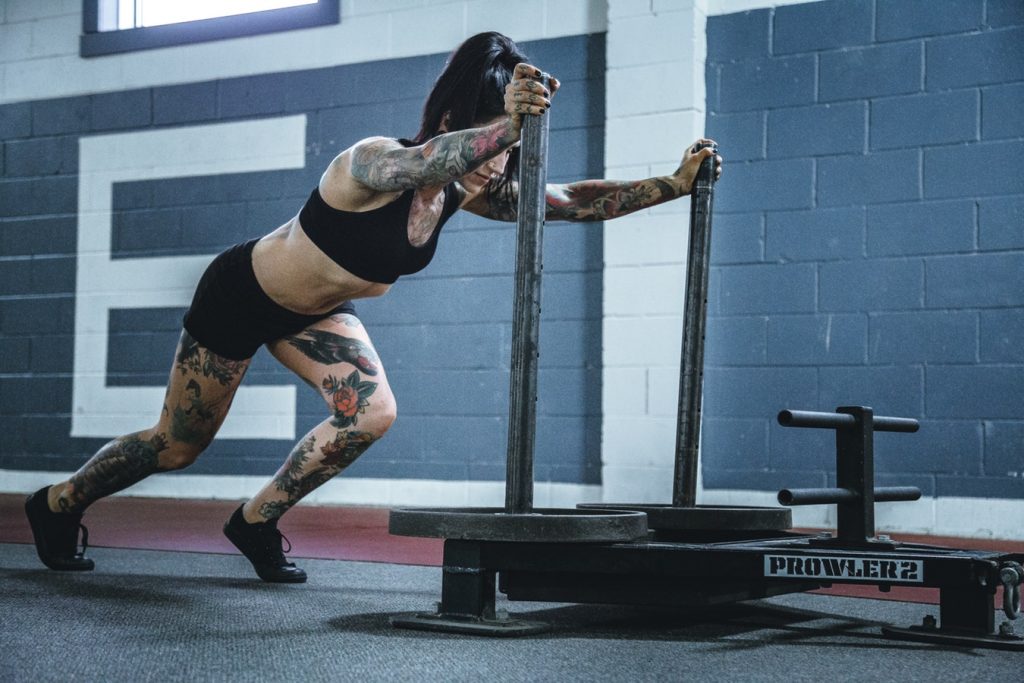
Any type of workout you do requires heavy breathing. When you exercise, your body requires a lot more oxygen to work. Your brain sends a signal to your diaphragm and rib muscles to work harder to allow more oxygen into the body.
As this happens your chest expands and air gets pulled into the lungs. They will expand and enlarge your chest area. When maximum capacity has been reached the air is then forced out as the diaphragm becomes too tight.
Why Proper Breathing is Important at the Gym
Breathing is a critical part to executing an exercise properly, particularly a weighted one. You may have heard to exhale when activating your muscles, then inhale as you return the weights to their start position?
This is because breathing helps with your posture, helping to correct your form when working out. The same muscles which help with your posture are the same ones that help you respire. Good breath leads to good posture. Good to posture leads to lower chance of injury!
Your Heart
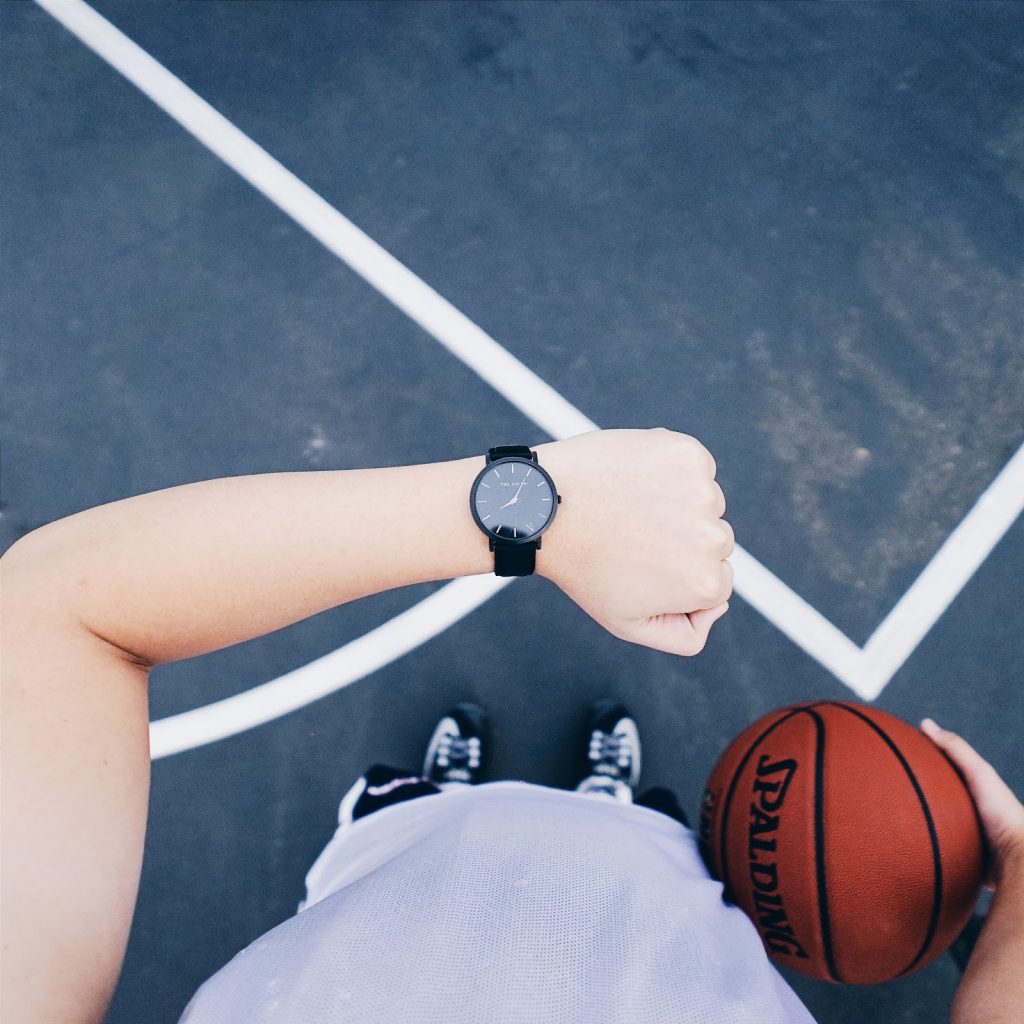
When you exercise your body requires a large amount of energy. In order to have this energy, your body uses aerobic metabolism to convert fat, carbohydrates and protein into energy. It can only do this though in the presence of oxygen.
Oxygen is carried through your body by your bloodstream. The heart needs to be able to pump a great amount of blood to maintain the oxygen supply whilst the muscles and the body are working.
Therefore, your heart starts pumping blood around your body faster to maintain oxygen supply to the muscles you’re exercising. With oxygen now flowing, aerobic metabolism occurs and you’re given the energy you need to keep exercising.
How fast your heart rate should be when exercising
It’s important to understand how to use your heart rate when looking to get the most out of every workout. To do this, you’ll need to first know how to monitor your heart rate, how to find your maximum and resting heart rates, and how to train using heart rate zones.
In order to accurately measure your heart rate, you’ll require a heart rate monitor (HRM). Heaps of cardio gym equipment will have one attached, otherwise there are plenty of smartwatches/fitness bands that come with a HRM.
Heart Rate Calculations
To determine your target zone:
- Calculate your maximum heart rate by subtracting your age from 220
- Calculate your resting heart rate by counting your heartbeats per minute when you are at rest (such as first thing in the morning).
- Calculate your heart reserve by subtracting your resting heart rate from your maximum heart rate
- Multiply your heart rate reserve by 0.7 (70 percent), then add your resting heart rate to this number
- Multiply your heart rate reserve by 0.85 (85 percent), then add your resting heart rate to this number
The two numbers that you can get in steps 4 and 5 are your training zone heart rates. Your heart rate should be between these two number during your exercise.
Heart Rate Zone Example:
If you’re 28yrs old, then:
- Maximum = 192bpm
- Resting = 72bpm (this will be individual to you)
- Reserve = 120bpm
Heart rate zones equal – 156bpm to 174bpm.
How to Use Heart Rate Zones to Train
Working out in a particular heart rate zone means you’re falling within a particular percentage of your heart rate during the workout. The key to training effectively is knowing which zone you need to be at to perform at your own optimal peak. You might be doing different zones on different days depending on your fitness plan.
For example, today you might be doing a long run which has you falling into a zone 3 and then the next day you might have a rest day where you do a light jog in zone 2.
The general guideline of the different zones are as follows:
- Zone 1 is 60%-70% of your threshold heart rate: very comfortable effort where you would be in a warm up or a cool down.
- Zone 2 is 70%-80% of your threshold heart rate: comfortable enough that you can have a conversation and this a zone where you usually would have an easy or recovery jog.
- Zone 3 is 80%-90% of your threshold heart rate: A moderate to intense level. This zone is used for endurance exercises like a long run.
- Zone 4 is 90%-100% of your threshold heart rate: A hard intense level where you would only be able to talk in one worded responses. This zone would be used for interval training like HIIT.
- Zone 5 is 100%-110% of your threshold heart rate: A hard intensity effort which is out of your comfort zone and where you can’t talk. This is for exercises that really push your limits.
Your Brain

We’re sure you’ve heard that exercising releases endorphins which make you feel good right? What actually happens to the muscles being “stressed”, happens to our brain as well. Because the heart pressure increases, the brain thinks it’s fighting, or fleeing, from an enemy.
The brain will protect itself by releasing a protein called Brain-Derived Neurotrophic Factor or BDNF. The nature of BDNF is to protect and repair your memory neurons and acts as a reset switch. Which is why you feel clear and happy after a workout.
Simultaneously, endorphins are released which is another chemical that fights stress. It helps minimise the discomfort of exercise and minimises the feeling of pain!
Your Joints
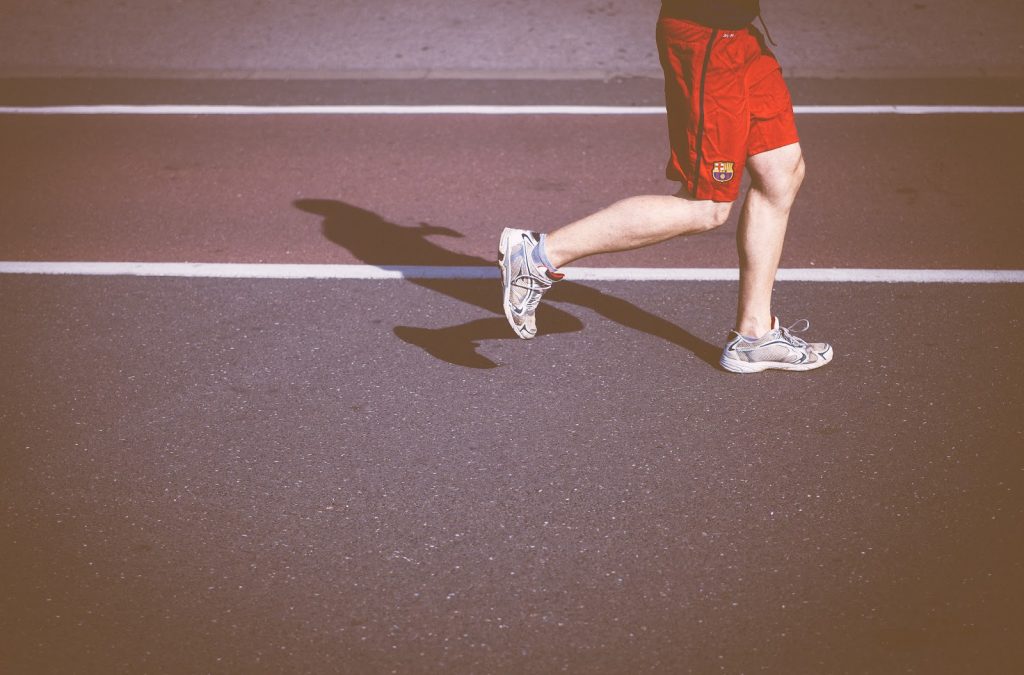
If you suffer from arthritis, exercising can help reduce the pain and increase the range of motion within your joints. Your joints are surrounded by soft tissue called synovial membrane which produce fluid acting like oil in an engine. Exercising regularly helps the circulation of this fluid so you can move more easily.
Important: With arthritis or any other joint restriction though, it’s important that you discuss any exercise plans with your medical practitioner.
How Your Body Changes from Day 1 to a Year Later
After one day
After a day of working out you will find your muscles will start to be sore. They will be tender and tight after a couple of days which is normal for your body. This is the body essentially repairing itself.
Once you start to exercise regularly your body will start to get used to the types of workouts you do, and over time your muscles won’t be so sore after each session.
After one week
After a week of smashing it out, you will find a lot more clarity. This is caused by the increase in blood flow and oxygen to the brain. Your brain performs better and is more focussed.
The skin glows due to the increase in blood flow and during exercise your body sweats – getting rid of any free radicals from your system.
After a month
After four weeks of regularly exercising you will find that your nervous system is more efficient at helping contract your muscles. This means you are laying down more protein into your muscles and you’ll start to see your metabolic rate increasing. In fact, you will start to burn more energy even while you’re snoozing at night!
The little things you do everyday become a lot easier such as climbing stairs, plus you’ll be able to more easily complete gym exercises you once found challenging!
Even your muscles get used to the physical activity and no longer become so stiff or sore under the same stress. It’s only when you increase your weight or resistance that you’ll feel sore again.
After a year
After a year of exercising regularly, your bone health significantly improves and there is a major reduction in the risk of fractures since your bone density increases too.
A particularly positive benefit from exercising after a year consistently is that it becomes a solid habit if you stick to your routine.
How to pick the right fitness goals
There is no perfect fitness plan
There is no one size fits all approach when it comes to exercise. Each person will have different goals they’d like to achieve with their own exercise regime. It’s important that if you create a training plan that it is a plan that you can realistically follow through with and enjoy.
Everyone is different, and it’s not an easy thing to prioritise your fitness, particularly with heavy work and/or family commitments. Setting a realistic goal that’s actually achievable helps you stay on track. Once you’ve got your first routine sorted, you can alter your plan from there!
Consider your own fitness goals
So now that we understand that fitness plans are not a one size fits all, it’s time to think about what your own exercise goals are. Taking a moment to determine what kind of specific personal fitness targets you want to achieve will help you structure your plan. Discussing these goals with a certified personal trainer will assist you greatly.
Do you want to build strength? Lose weight? Build your flexibility or perhaps you’re looking to just improve your overall wellbeing
The right plan is the one that makes the most of the time you can dedicate to the gym and keeps you on target to your goals.
Make it appropriate for your fitness level
If you’re a beginner you don’t’ want to be lifting 50kgs of weights on day one. You can expose yourself to bad form and injury. Instead, consult with a personal trainer who’s going to be able to test your current fitness level and give you suggestions on what type of exercises or goals are fit for your level.
Remember that everyone starts somewhere, and if you dedicate the time to getting your form right, then you’ll achieve goals faster and be stronger and more in control of going up weight classes, running faster, or whatever your goal is – all the while avoiding injury!
Why everyone’s bodies react differently to exercise
Research has found that everyone responds differently to exercise. Those who are put on the same workout routine for the same time period may improve while others don’t. These people may need to do more to get the results they want.
For example, the same research being conducted found that people that didn’t become fitter or stronger from a particular type of training did respond well to other types of exercises. They also found that some had gained better results from longer enduring workouts rather than quick exercises.
Find out what works for you, with us!
There’s no ‘right’ workout, or one-size-fits-all approach to fitness. Getting the right advice early and sticking to a plan that’s achievable will get you results and motivate you to stick to your routine and continue to better your health.
Our team of friendly motivated personal trainers at each of our Crunch gyms. They understand that your fitness goals are unique to you and can help you plan a workout routine that will give you the best results.!
Speak to one of our friendly team members today and we can hook you up with no judgements!

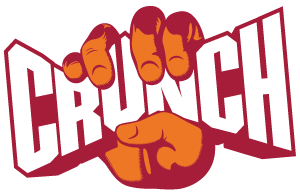
Crunch Fitness Virtual Assistant
 I'd like some help reaching my Fitness goals!
I'd like some help reaching my Fitness goals! I'm an existing member and would like some help!
I'm an existing member and would like some help! I have some questions about becoming a Crunch member!
I have some questions about becoming a Crunch member!
